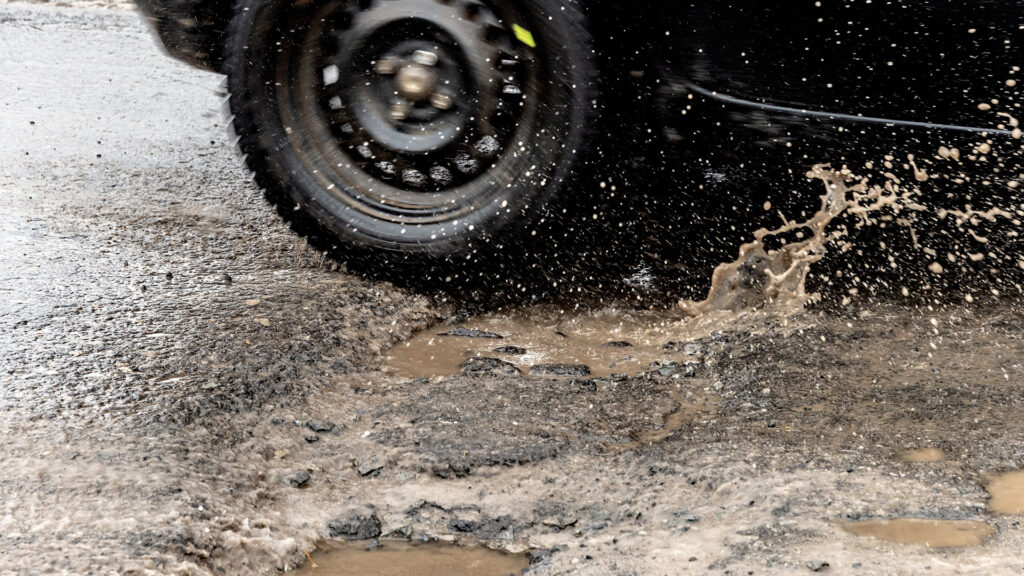One reason for the bumpy roads may surprise you: the infrastructure sector in Finland is suffering from an acute shortage of researchers. The sector's own research and development program could be a solution, but who would set the goals for it?

Leading expert at INFRA ry Nina Raitanen is a rarity that must be sought under stones and stumps in Finland. He has a doctorate in road surfacing. In order for research in the infrastructure sector to survive and be possible to do it from domestic sources, Raitanen needs colleagues.
Now, top-level higher education research is stuck in the infrastructure sector: hardly any doctoral dissertations are being written, and no major innovations are being developed.
Nina Raitanen points out that transport infrastructure and utilities differ from the rest of the construction sector in that the construction site is most often jointly owned and publicly financed. Maintenance has been particularly hard hit when public spending has been cut.
"Infra refers to roads, energy and water supply networks. They contain 88 billion euros of blue and white assets. Keeping them in good condition is becoming increasingly challenging, as public funding has decreased in the 2000st century and the workforce is retiring."
We therefore have to do more and more with fewer and fewer resources: adapt to climate change and geopolitics as well as the energy transition in transportation, automation and heavier freight.
"The solution requires new ways to keep the infrastructure in good condition. These could be found through research, but it is difficult to find a financier. RDI funding from Business Finland requires export potential, while pathway research is not done for export, but is targeted at one of Oy Suomi Ab's largest balance sheet items. The Academy of Finland, on the other hand, does not have its own evaluation panel for research proposals in the infrastructure sector. This leaves the sector outside of traditional funding instruments."

Good infrastructure is part of security of supply, as its functionality is essential in energy and food production as well as in the export industry and the green transition, says INFRA's Nina Raitanen.
Infrastructure research needs a new gear
Raitanen has two suggestions for improving the situation in his sector.
"First, somewhere, big goals need to be set for research. The right caliber actor would be the ministry. The goal could be set for example for increased productivity, a reduction in repair debt, or a reduction in emissions. Or for halving the use of natural resources in infrastructure construction."
Raitanen believes that ambitious goals will create traction for results: "Not all wisdom needs to reside in ministries and agencies - let's put research institutes to work to solve future challenges."
The second step would be to secure research funding.
"Finland must be able to conduct domestic research on domestic topics. Since the sector's income from traditional funding sources is low, the solution could be the infrastructure sector's own RDI program."
According to Raitanen's estimate, an additional annual investment of, for example, 5 million euros would go a long way, as long as there is continuity in funding.
"The investment would be small compared to the 1,6 billion annual budget for basic road maintenance or the 4,2 billion repair debt for the roads. When innovations are created, the program will soon pay for itself."
What would Dr. Raitanen himself research first?
"Even how to get our low-traffic roads and keep them in good condition. If studded tire wear was solved in the 90s with a research program, could we find better ways to repair and pave low-traffic roads now?"
This article was previously published as partner content for Technology & Economy in May 2025.